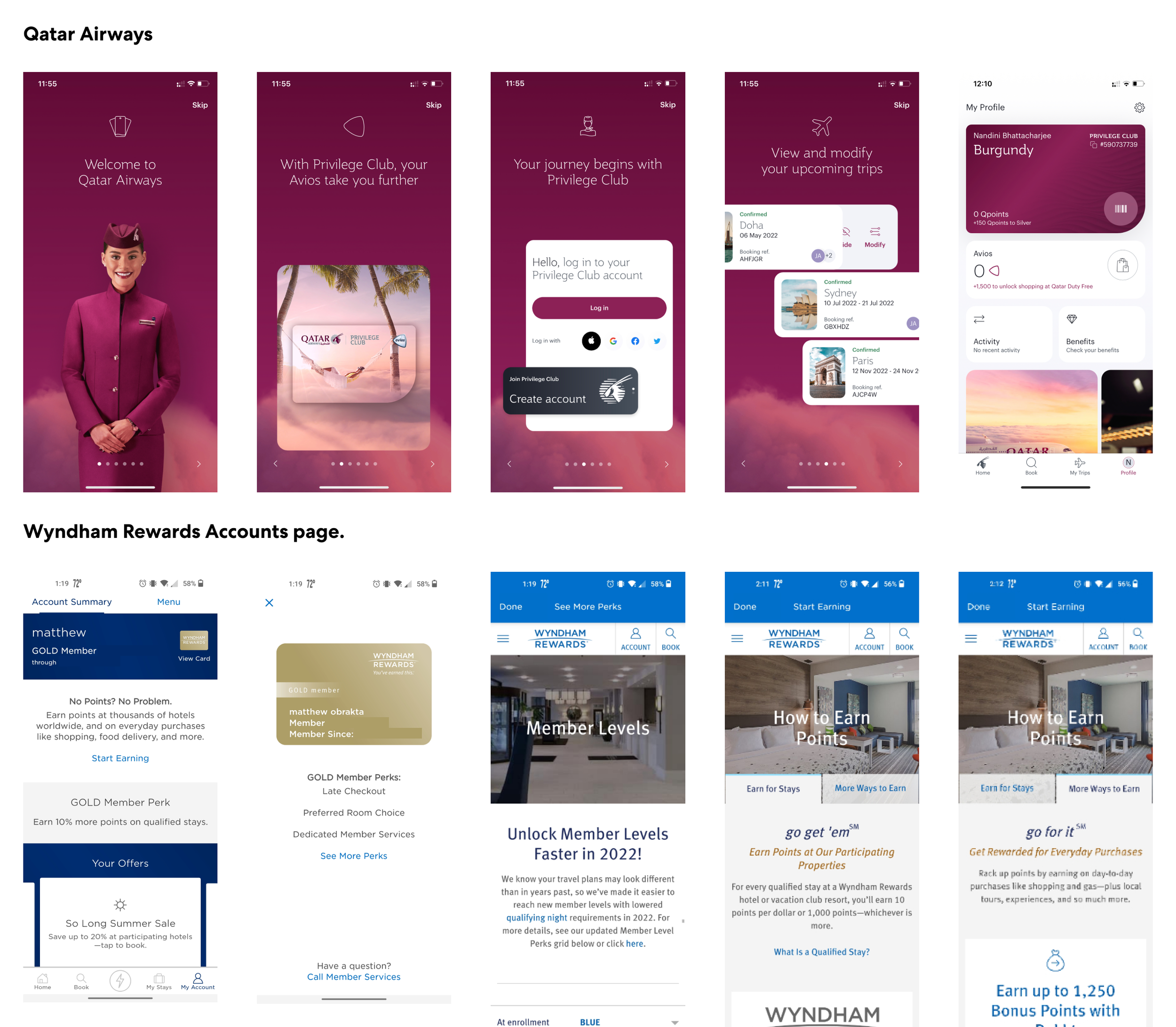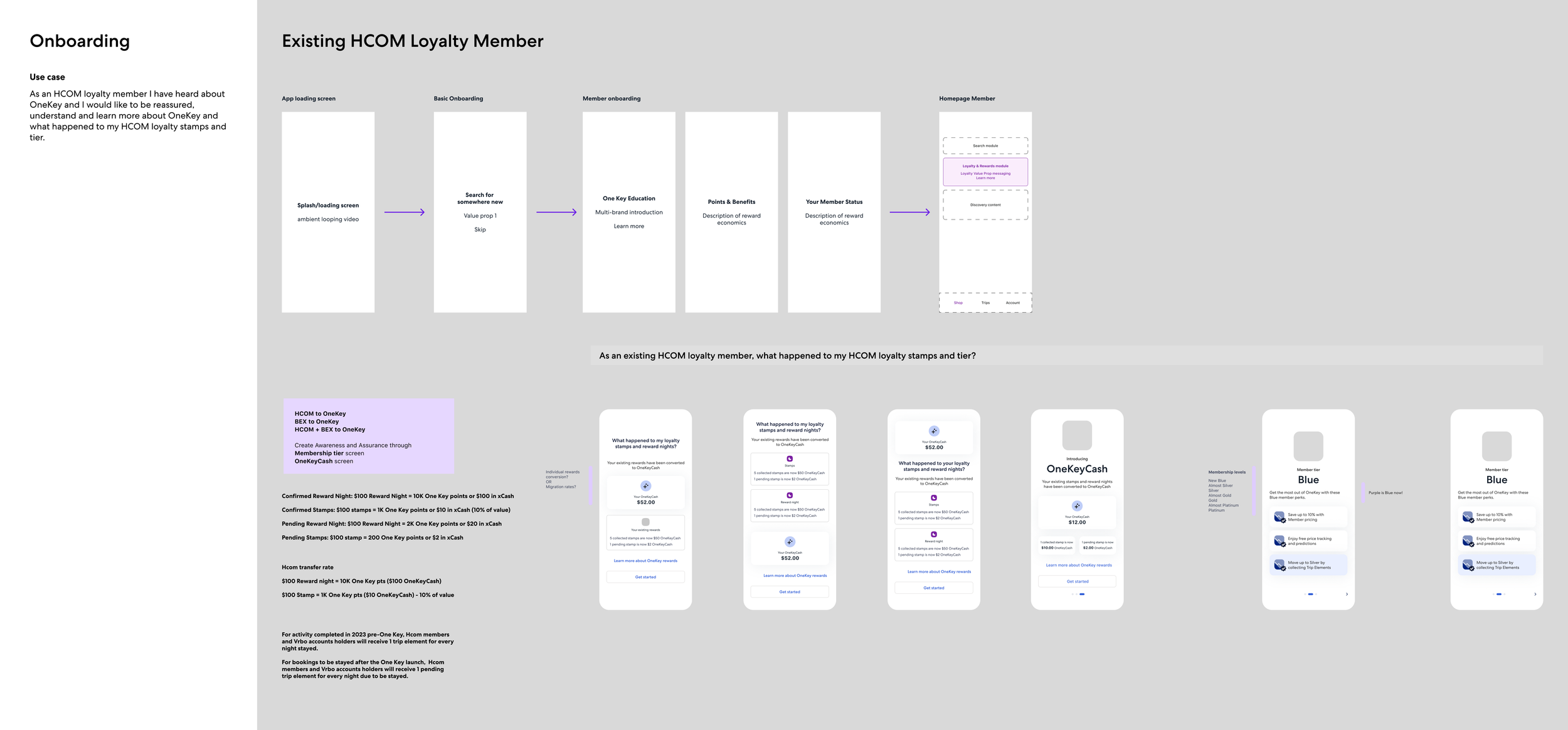HP ⋅ Roam
Work anywhere print everywhere.
Design Problem
How to allow users to print from any device, in any location to any accessible printer securely?
Lead UX Designer ⋅ Prototyper
Collaborated 3 designers for specific platforms and use cases, 2 external design teams for additional prototyping, and cross-functional teams for each delivery platform.
Research and Strategy for PrinterOn Integration
PrinterOn was an existing pull printing mobile app, service, and network that HP acquired. A design audit, user research, and testing onsite print stations was conducted to document the existing services and experience.
Design Audit Findings
• The app, hardware, and location pull printing was functional.
• Established limited public network
• Android only mobile app platform
• Print stations were not engaging to the public and local staff were unfamiliar with the hardware.
• Lacked design and documentation
• Limited security and features Initial Integration Strategy
• Integrate with HP printing hardware and services
• Rebrand
• Expanded printer network
• User to Printer location finding
Identifying Pain Points
Mobile Devices
Where is a printer?
In the office
Hotel
Coffee Shop
Airport
Guest Printing
Personal Printing
How to connect?
Wireless/Cellular?
Is there a firewall?
Cable?
Print Roaming
Is it secure?
Where will my job print?
What’s the risk of someone taking my document or accessing my data?
Authentication
Reliable Experience?
Do I need to install a new driver?
Will the printer in front of me be found?
How do I identify the printer?
Mobile Demo
A conference exclusive mobile app was designed and demoed on site to showcase the potential of HP Roam. Our team had two months to deliver.
Requirements
• Easy and immediate sign-up and onboarding
• Native print (Android)
• Printer selection
• Print job selection
• Indoor GPS (proximity to printers)
• Active mobile notifications
• Print job release
Conference Reaction
Positive, easy to use, and the solution was highly desired and needed immediately.
Revised Strategy and Resources
• Elevate HP Roam to be the lead HP printing app and deliver a cross-platform experience.
Reviewing the HP print apps available in the Google Play store revealed there were too many options. A detailed audit and plan for consolidation was necessary.
• Expand the available network of public printers by allowing anyone to offer their printer.
• Invest with growing the workforce resources. Design and development teams quickly poured resources growing the project team from 20 to 200 people within a month.
Printer Proximity Mapping
Beacon technology (indoor GPS) integration into new printers or add-on devices for existing, helped evolve the printer discovery use cases.
We were able to focus printer selection on the nearest Bluetooth enabled printer with notifications sent to the users mobile device. Thus enabling the user to print seamlessly and intelligently to any printer available on the HP Roam network including home, work, hotel, and other public building locations then securely release the documents for print when in proximity.
Multiple User Accounts
• How to display a single users multiple accounts (personal, professional, and company admin) in an easy to understand and meaningful way?
• Do you show print queues for multiple accounts – separate or combined?
These were some of the questions that circulated our project team for weeks as we further explored and understood the expectations of users. We took some design queues from Gmail and other services that allow multiple accounts.
Mobile App Deliverables
Refined to a simplistic design face over deep interaction and back end functionality the user is offered with the best matched printer via their location or intended print destination.
HP Roam PC Deliverables
We continued with a mobile first design approach for design consistency when shifting the focus to the PC app. However, the design evolved after further review of Windows 10 OS applications patterns as well as the additional screen real estate, development requirements, and additional features.
An expandable/collapsible window provided a fitting pattern for jumping from slim to full views and introduced additional informative and network printer discovery features over the limitations of the mobile app.
Printer App Deliverables
Originally the OXPd app, print device app, was going to be more consistent with the mobile app visual design and interactions, however due to device performance and display hardware limitations we had to modify and constrict the design further. In doing so the app became more consistent with the printer UI design and other OXPd apps. One feature that needed to included was the ability for the user to use their employee badge to signin. Once signed in they could print docs that were sent to their account. Another key feature was the ability to release print jobs via a passcode.



